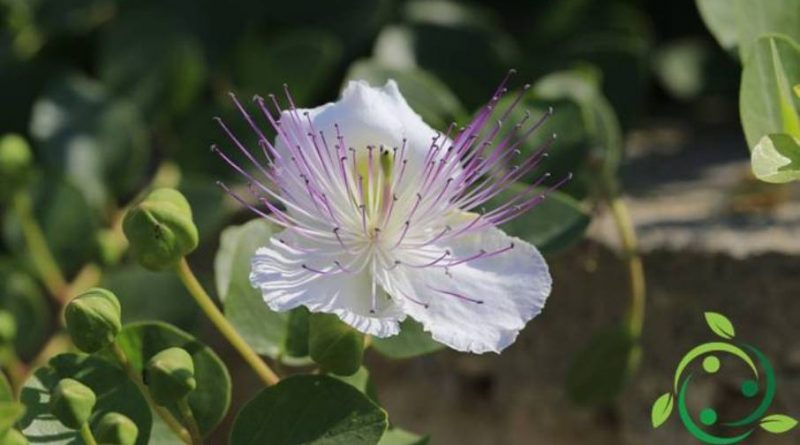How to grow the caper in a biological way
How to grow the caper in a biological way
The cultivation of the caper (Capparis spinosa L., 1753) even if it is a plant that grows well everywhere, must be operated there, however, where there are the most natural conditions possible. The caper prefers loose and well drained soils, well sunny and with typically warm Mediterranean climate.
For the plant we recommend a processing at about 50-60 cm to give the roots the chance to go well deep. Before planting it is good to make a fertilization with mature manure or compost. The plant has to be done between January and February because in this period the soil is still very wet and therefore suitable for engaging young seedlings. If you have to make an income plantation, we recommend the planting heights of 2.0 mx 2.0 m or 2.5 mx 2.5 m between rows and along the rows (about 1000-2000 plants per hectare), with a depth of cuttings up to about 35 cm, performing a light pruning of the root system and freeing the plant of the entire aerial part with a drastic pruning, eliminating it at about 3 cm above the collar of the plant.
The cuttings are prepared in the summer, taking a piece of 7-10 cm of a woody branch of 2-3 years of age, placing it in a box filled with peat and sand. The roots are formed, the seedlings are taken and individually invaded in jars of about 10 cm of diameter. Planting by seed is more difficult and less rapid so it is recommended only for a genetic re-invigoration of the species.
It is advisable to make a substantial mulch that will protect the plant from both the cold and excessive summer evaporation. The plant lasts 20 to 30 years. Being a very rustic plant, the caper needs only two or three irrigations during the first year of planting. For the working of the land, it should be noted that for almost half of the year the land that houses the caper plants does not require processing (roughly from September to January) because the plants are in vegetative rest and the herbaceous parts are dry. The growth of weeds should then be overfired in the spring and then covered with a vegetable mulch.
For pruning, it is advisable to cut, after two years, only dry wood and suckers, that is to say those vigorous branches that do not produce flowers but which subtract sap from the plant. It is also necessary to prune it in such a way as to leave numerous branches about half a centimeter long because the caper only blooms on the branches emitted in the year.
The flowering of the caper is between May and October and in addition to the collection of flowery buttons you can also take the capers (cucunci) fruit that can be preserved in salt and vinegar. The spring shoots of the plant are also excellent and can be prepared and cooked as vegetables.
As for the caper parasites, remember that it is a very resistant plant if we keep the conditions of rusticity of the cultivation high. Avoid inopportune irrigation, fertilization with chemical compounds (good and reintegration of mineral salts with the ash of the same pruning). The aphids and cochineals can be bothersome, which then lead to the ascent of ants. In this case, during the period of maximum vegetative growth, washings with solutions of Marseilles soap can be used.

